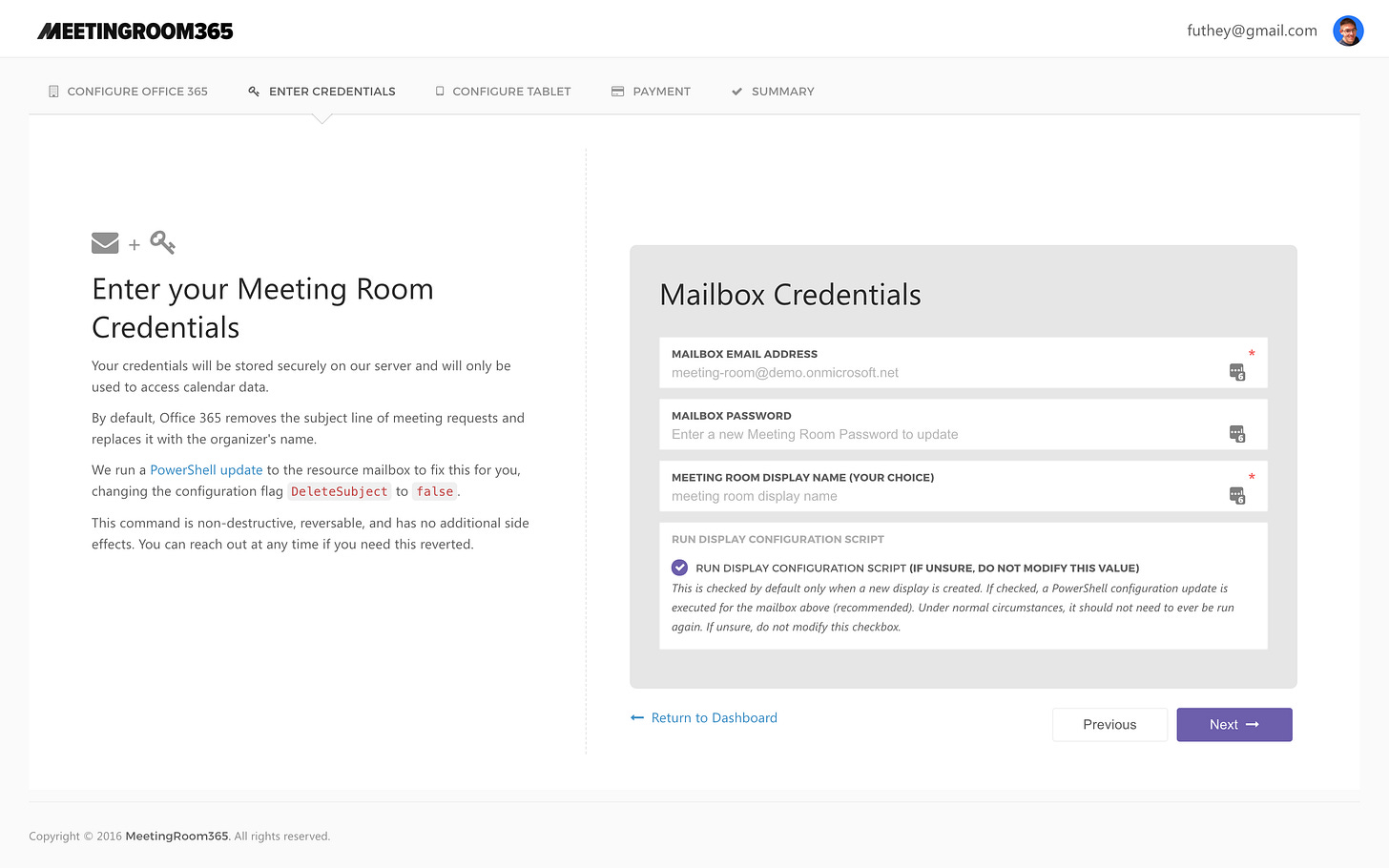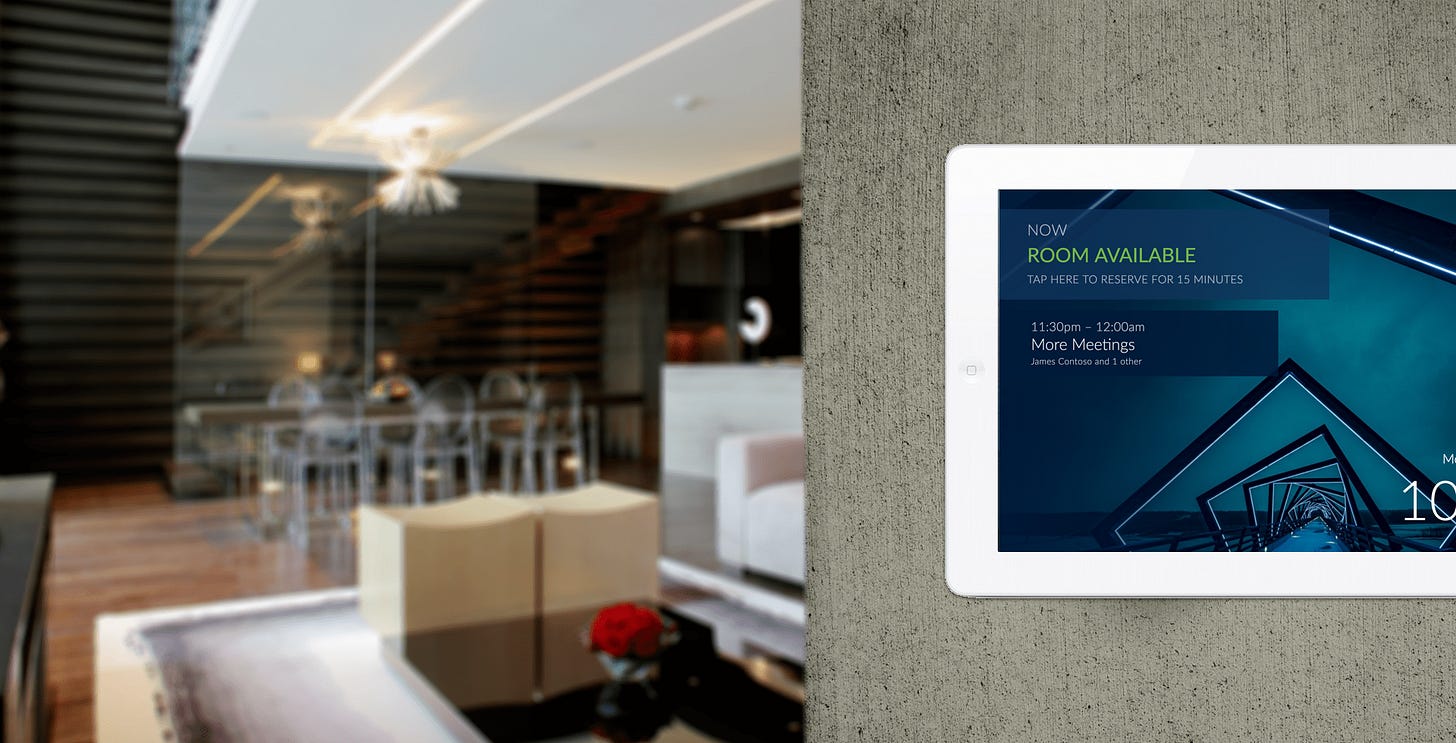How I Accidentally Founded a Successful Startup in 2016
Became a location-independent Founder, and rode out the Pandemic in Taiwan.
It’s 2020, and I’m in Taipei, Taiwan 🇹🇼. Life is normal. I’m virtually unaffected by the pandemic (other than the fact that I can’t easily return to the US, without risk of exposure to COVID-19).

For the past few months, no more than 3-4 new cases are identified each week. These are almost entirely foreign workers entering the country or Taiwanese citizens returning from abroad. Each case is isolated upon detection, contact tracing is completed, and there hasn’t been any incident of COVID-19 spreading inside Taiwan for over 6 months.
The COVID-19 risk here is basically zero, with no need to make any changes to our day-to-day lives.
Mask wearing is voluntary in most places (but still very common). If an outbreak were to occur, like it did last March, a map would be published with areas of estimated exposure. Contact tracing would begin, and those impacted would be contacted. You would be glad you wore a mask when going to crowded places, because you only find out about an outbreak after-the-fact.

I can’t help but reflect on the choices that brought me here. We came to Taiwan in January to visit during Chinese New Year. The plan was to stay for three months, but those were exactly the three months where everything changed.
A year prior we decided to quit our jobs and travel for a year. I had just crossed an important milestone: my startup brought in as much revenue as I had previously made as a full-time Software Designer & Engineer, working on HBO Max.
Why quit our jobs and travel? Opportunity, more than anything.
We had both found a natural pause in our careers. And it helped that I had been rejected multiple times from Y Combinator.
Hyper-growth didn’t seem like an option. But what we could do, is leverage our startup to travel slowly through Asia for a year, without worrying about schedules, how to pay for the trip, or whether our jobs would let us go remote.
How did we come to build a startup selling Meeting Room displays?
In 2014 I worked for a startup in the IT industry, closely connected to the Office 365 ecosystem. We were moving into a new office on new year’s 2015, and we spent a lot of time making sure everything was just right.
One of the finer details we spent time on was the Meeting Room experience. The latest trend was to mount a Crestron display outside of each meeting room, with a proprietary app that could display the room status and a list of meetings.
The only problem was the cost! We were a scrappy startup with about a hundred employees. The Crestron system would have cost about $50,000. And the alternatives were ugly.
So alongside a designer, I took this on as a side-project. We mocked up a simple screen with a clock and a list of meetings, and I coded it up in CodePen in my dorm room after work, and over a couple of weekends.

The result was just an HTML page, with a couple of background images from Unsplash.
I downloaded an API example from the Microsoft developer website called “Fetching Calendar Events using the Office 365 API”. It was in PHP (a welcome alternative to ASP.NET).
I combined the two to create the first 8 meeting room displays for our own office, which were just simple PHP web pages, stashed in a hidden directory of our Wordpress blog server. The passwords for the room calendars were hard-coded in each display.
We purchased 8 iPad minis, and mounted them outside each conference room. I saved each webpage to the iPad as a full-screen webpage. Everything worked great.
Early in 2016 I left the company. I wanted to move on to another startup. But I needed a portfolio.
I thought back to my favorite project: the Meeting Room display, and came up with a plan.
Not only would I recreate the meeting room display. I would show just how much I’d learned about Startups by re-envisioning it as a SaaS product.
I dedicated three weekends: the first to create a meeting room display (again, in CodePen). I’d learned a lot about what worked and what didn’t in our own office, so I made a number of changes to the design.
It was still ugly though, looking back at it today.

The second weekend I created the SaaS app for the admin portal, from a template I bought on ThemeForest ($24). Since I was stuck using PHP for the display, I copied a sign-in system I’d written years earlier, and threw together a tiny CRUD app in PHP so that you could register, and build your own Meeting Room Display.
It consisted of the signup / login pages, a table to list the displays, and a five-step wizard that guided you through the entire process of creating a meeting room display. From the Office 365 setup, to customizing your display, and setting up the full-screen webpage on your Android or iOS tablet.



The third weekend was the trickiest: I had to think of a name, build a website, and design a logo.
Once again, I found myself trawling ThemeForest for an HTML template I could slam together into a functional website, in a day or two.
I settled on a template ($16) heavily inspired by the Estimote website. One image in particular seemed easy to photoshop to have a tablet mounted on a wall, in a trendy office building, for the hero image.

I didn’t spend much time on a logo, or a name. I called it “Meeting Room 365” — a portmanteau of Meeting Room Display and Office 365, since it was the only service supported at the time.
I threw together a quick typographic logo for the original website. If I had to guess, it was Montserrat in all caps. Generally it’s hard to screw that up once everything is kerned evenly.
Behold, the resulting single-page website:

And, the original logo, in it’s awful glory:

So, what happened next?
I put together a portfolio with work samples, and a few side-projects I’d created over the years. I had a few minor successes under by belt: I’d gotten a Pokemon Go map to the top of ProductHunt, along with a couple of other toy apps, so I included those as well, with links to relevant press articles, and traffic details.
All of these apps looked terrible. But it was impressive enough that I got both of the startup jobs I interviewed for, and a month later I was employee #7 at a Data Science and Analytics startup in Seattle.
I had no intention of launching or promoting the product any further. I had fun building it, but I assumed customer acquisition would be too difficult to take it seriously. Office 365 IT admins were a tiny niche and I didn’t yet have the tools to go after them.
Thankfully, I was about to spend a year working closely with the marketing team of Startup #2, and gain an opportunity to learn a bit about Content Marketing, and SEO, which would be key to gaining Meeting Room 365’s first customers.


